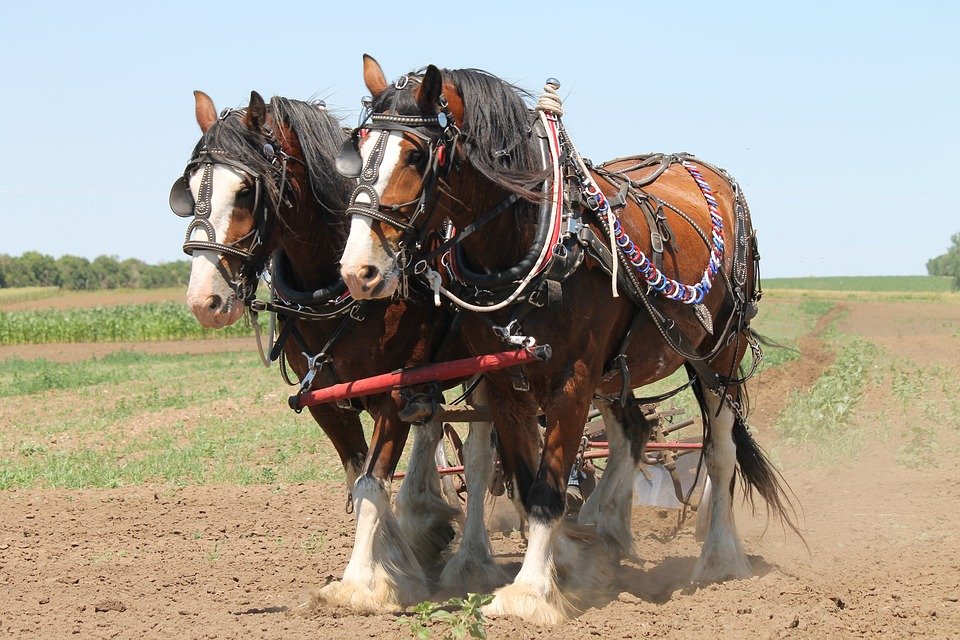Safety Harnesses: How You Use Them to Stay Safe on the Roof

Many people just appreciate what the professional roofers do, but they don’t have an idea of the risks they are exposed to when working on the roof. Imagine fixing a roofing problem on a four or five storey building or apartment! It’s true the roofer will earn some good money once they fix the problem, but it’s also good to know that they would lose everything including their life if they fall and the worst happens. However, it’s good to know that the roofers can increase their safety when installing some new roofs or even when replacing or repairing the old ones. The roofer just needs to get a full self retracting lifelines and wear it before they climb to the roof.
Working high from the ground isn’t an enticing thing when one’s safety isn’t guaranteed. It is one thing to get the right safety harness, and it is another thing to know how to use it properly. The protection equipment is meant for those working in areas with high falling risk. The straps of the safety harness should pass across your chest, over your shoulders, and also around your legs. This ensures that the impact or force of fall is distributed all over your body more evenly in case of any potential fall. You can now see how much you risk when you work on a roof without the safety harness.
Never wear the safety harness before you have inspected it properly. You need to be sure that the webbings, buckles, as well as, other attachments are in good condition before use. Avoid using the safety harness if you notice some signs of wear in any of its parts. The buckles of the safety harness shouldn’t have nicks, cracks, or bends. Test the couplings of the safety harness to be sure you are secure. If you see signs of burning, cuts, cracking, fray, or any other damage signs on the straps or webbings, you shouldn’t use that safety harness.
The safety harness should also have flexible anchors and lanyards to keep you safe on the roof. Lanyards are supposed to be less than four feet to limit the fall distance. Lanyards shouldn’t have any damage signs if you want to use them safely. Look for another lanyard if it’s broken, cracked, torn, or even frayed. Attaching the lanyards to the tree or roof anchors is easier if you have the right connective devices. The straps fitting around your back, chest, shoulders, and legs should be adjustable. It’s good to know that the straps will restrict or hinder movement if they are so tight. Get more info here: https://www.britannica.com/technology/harness.



